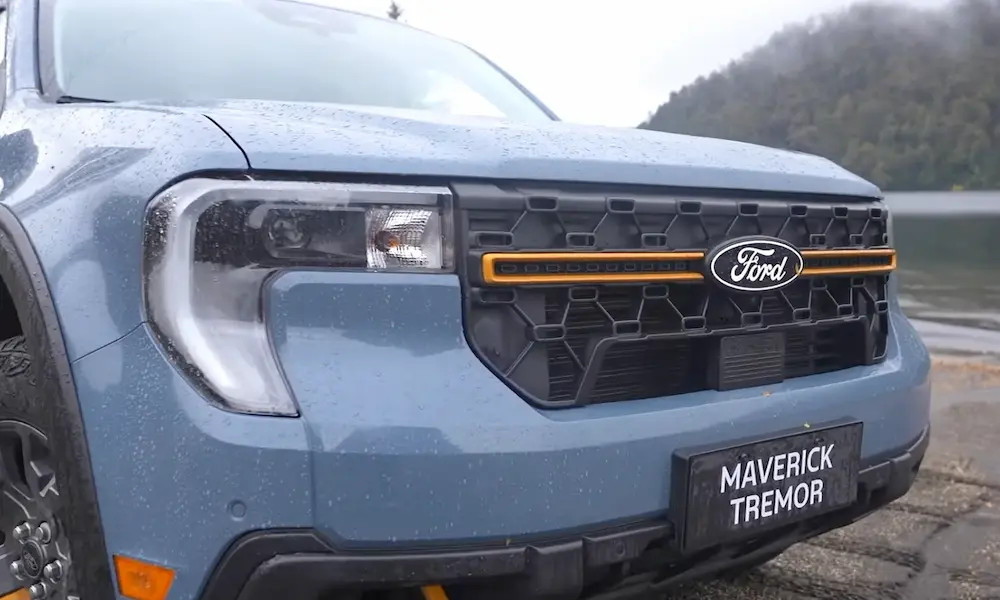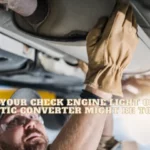‘Secondary air system not ready?’ Trust me, there’s an issue that needs attention in your car. But you don’t have to fret about it. Sometimes, the secondary air system monitor may fail and show not ready.
Even after replacing the air pump, your vehicle may still fail to respond normally. When you scanned, the result still showed no pending code. The check engine light isn’t illuminating, either. Meanwhile, the cluster panel keeps shows the secondary air system is not ready. But all monitors are in a ready state. Yet, there’s no clear indication of what’s wrong.
Read this article to learn what the secondary air system, not ready means. I also highlight what causes it and the right fixes to apply. Let’s get talking.
Secondary Air System not ready: What it Means
First off, what does the secondary air system do? It helps reduce the values of hydrocarbon (HC) and carbon monoxide (CO) present in the air injection during cold starts. As your car operates under cold engine conditions, it needs extra air in the exhaust system. The powertrain control module is responsible for sensing that the needed excess air gets to the exhaust manifold. However, the module carries this function out under the watchful eye of the secondary air system monitor.
The secondary air system is a system that the engine control unit (ECU) controls. It features a combination valve, change-over valve, control relay, engine control unit, secondary air pump, and air filter.
Now, as you switch on your car’s cold engine, the extra air from the exhaust manifold helps heat the catalytic converter monitor. This way, the engine will respond to the cold start and idle. The PCM often detects that extra air is present in the exhaust system via the signal it receives from the upstream O2 sensor.
The secondary air system monitors normally runs as the engine begins its cold start. However, the PCM may notice that the monitor doesn’t run as it should on a cold start. However, when the engine starts its normal idling, the PCM may compel the monitor to run. The thing is that the PCM will force the check engine light to go off to enforce the monitor’s successful run under normal idling conditions.
The PCM can achieve this because it receives a proper voltage signal from the O2 sensor. However, a wrong voltage signal from the upstream O2 sensor means that the PCM will only have a pending code.
Secondary Air System not Ready or Incomplete: Why
Here are some of the reasons you may experience readiness status issues in the secondary air system.
Inconsistent drive cycle
If there’s an inconsistent drive cycle in the system, you may experience a not-ready system from the OBD II result or in the car.
Faulty secondary air pump
A bad secondary pump is one of the major culprits if you’re experiencing a secondary air system not ready issue. Typically, an active secondary air system features a secondary air pump which sends extra air to the. Ingress moisture can cause damage to the pump, causing the pump to seize.
Electrical issues
There might be some issues with the electric connections in the system. For example, an electrical glitch can occur due to the disconnection of the car battery.
Failing ground
When the ground fails, the current supply to the system will decrease. The failing ground can hamper the ignition coil due to excessive strain. Don’t forget, the ignition coil needs enough current to help convert low-current into secondary high-current.
Low voltage supply
Low voltage supply is an effect of bad ground. The strain on the ignition coil won’t make the air pump get enough electric current.
Leaking lines
If the lines leak or are clogged, the system’s combination valve can fail or malfunction. As a result, the secondary air system won’t work well and so will show not ready.
Secondary Air System Failure: What to Do
Troubleshooting a failing secondary air system is pretty straightforward, but for an expert. Resetting the drive cycle of a secondary air system monitor is a bit tricky. The first technique is to do random acoustic and physical inspections.
Method 1: Start with visual inspections
Inspect the vehicle for any damaged components, including the hose fittings, cables, and connections. Any part that chafes or is loose needs to be reconnected or retightened. Some other ones may have been clogged or kinked as a result of close dimensions.
Plus, if the battery cables are disconnected, the secondary air system won’t function. Check all the fuses to see if there’s no damage or burn.
Method 2: Carry out acoustic checks
The acoustic check requires you to listen to the sound level from the electric pump. Typically, the electric pump makes an audible and loud sound when the engine idles or is in start cold. When the engine is switched, you should be able to hear the sound of the pump. Anything contrary means that the system has failed.
Method 3: Check for memory loss in the ECU
The third troubleshooting is to check if there’s a memory loss in the electronic control unit. A memory loss in the computer means that you have to drive for a couple of cycles.
Method 4: Do a Drive Cycle
Start your drive cycle trips with city driving between 30 and 45 mph. A highway cycle above 55 mph is good enough. In between the trips, make some stops and starts and make sure the engine is cold and operates under normal temp. An average distance of 60-90 miles is also perfect.
Besides, the secondary air system keeps working as long as the exhaust system hasn’t become hot. However, once the exhaust gets hot, the system shuts off, and the catalytic converter can work without the secondary air system.
Once you complete the entire drive cycle, the system should reset. If it doesn’t, you may need to shut off your vehicle.
Read also:
- EGR Not Ready: Meaning, Causes and Fixes
- 6 Steps to Fix Catalytic Converter not Ready
- EVAP Monitor Not Ready: Meaning, Causes, and Fixes
- Oxygen Sensor Not Ready: Meaning, Causes, and Fixes
- Fuel System Monitor Not Ready: Meaning, Causes, Fixes
Final Thoughts
So far, I have answered a few whys and what in the issues with the secondary air system monitor not being ready. It’s best to work with an expert as a DIY procedure may be difficult to resolve this issue. I hope this article will help you make an informed decision.















